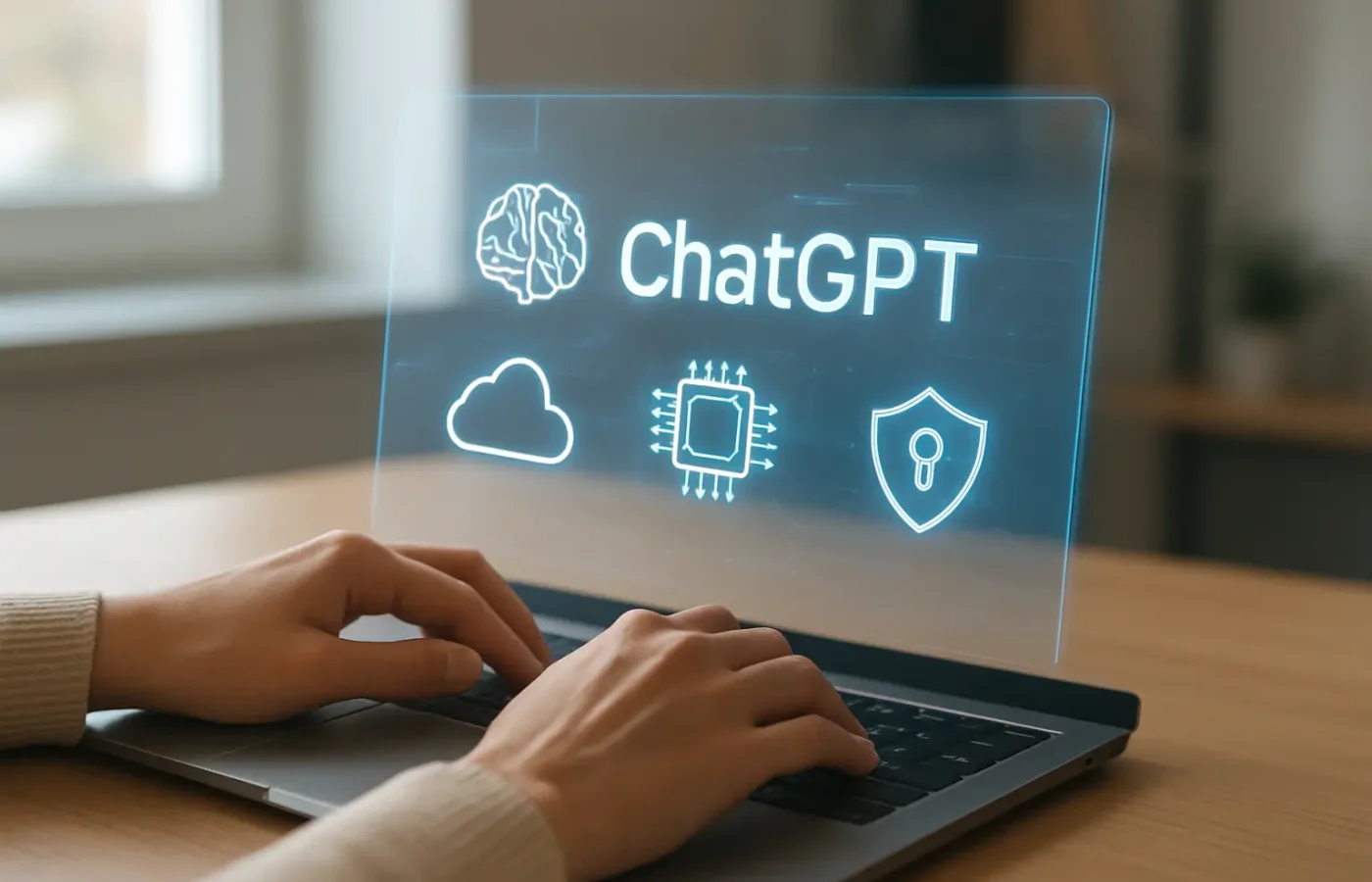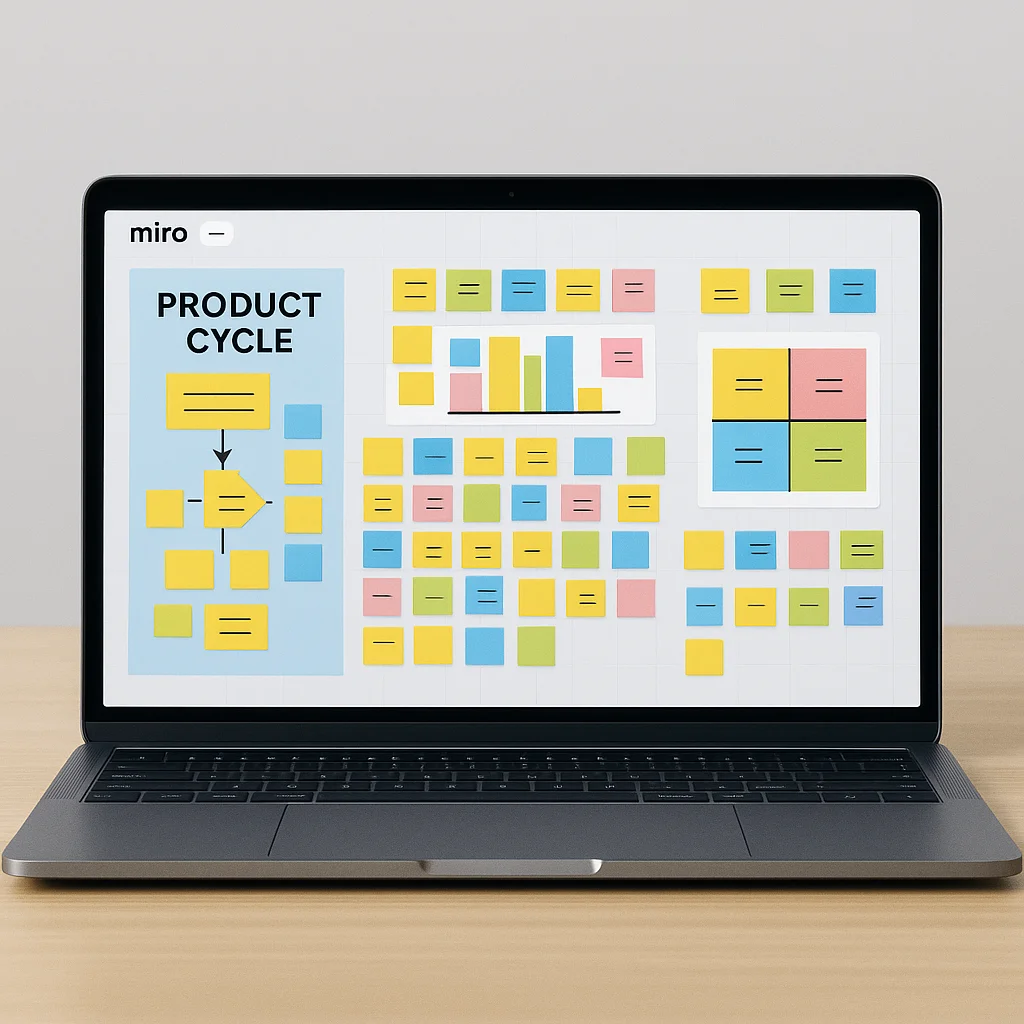 As AI technology evolves, OpenAI’s Generative Pre-trained Transformer (GPT) models have consistently pushed the boundaries of natural language processing (NLP). GPT-4, the latest publicly available version, has proven to be a game-changer in various industries. However, the anticipation for GPT-5 is palpable, with experts expecting even more groundbreaking innovations. This blog focuses on the key differences between GPT-4 and GPT-5, drilling down on innovations, improvements, and real-world applications.
As AI technology evolves, OpenAI’s Generative Pre-trained Transformer (GPT) models have consistently pushed the boundaries of natural language processing (NLP). GPT-4, the latest publicly available version, has proven to be a game-changer in various industries. However, the anticipation for GPT-5 is palpable, with experts expecting even more groundbreaking innovations. This blog focuses on the key differences between GPT-4 and GPT-5, drilling down on innovations, improvements, and real-world applications.
Introduction
We interact with artificial intelligence through GPT models, which are based on the Transformer architecture. Each iteration from GPT-1 to GPT-4 has brought incremental improvements in language understanding, context sensitivity, and human-like responses.
GPT-4, the current model, has been widely successful across a variety of applications—ranging from customer service to advanced content creation and even programming assistance.
However, with the ever-increasing demand for more sophisticated AI systems, GPT-5 has successfully established new benchmarks in capabilities and performance.
Industry experts are particularly excited about GPT-5’s improvements in handling more complex tasks and its ability to generate nuanced and diverse outputs.
OpenAI, the company behind these GPT models, has become a significant player in developing advanced AI systems.
Through the release of various GPT models, OpenAI has impacted industries across the globe, from healthcare and law to entertainment and finance.
Each model has brought about new possibilities, and GPT-5 has truly pushed the envelope beyond expectations, fundamentally changing how we think about and use AI in ways we’re only beginning to understand.
GPT 4 vs GPT 5: Key Differences Explained

| Feature | GPT-4 | GPT-5 |
| Release Year | 2023 | 2025 |
| Model Size | ~1.76T parameters (estimated, unconfirmed) | ~300B parameters (estimated) |
| Model Architecture | Transformer-based | Transformer + integrated reasoning components from o1/o3 models |
| Training Techniques | Supervised learning + RLHF | Supervised fine-tuning + RLHF + synthetic data generation |
| Context Window | 8K or 32K tokens (two variants) | API: 272K input + 128K output (400K total) ChatGPT: 8K (free), 32K (Plus), 128K (Pro) |
| Language Modeling Capabilities | Generates coherent text | Enhanced reasoning, chain-of-thought processing, multi-step logic |
| Multilingual Support | Strong (50+ languages) | Improved multilingual capabilities (specific count not disclosed) |
| Context Understanding | Strong but limited in complex scenarios | Superior contextual depth with unified reasoning system |
| Hallucination Rate | Reduced from GPT-3 | Significantly lower with improved factuality training |
| Performance & Efficiency | Optimized but resource-intensive | Improved efficiency with automatic model routing |
| Multimodal Capabilities | Text + image understanding | Enhanced text + image processing with improved visual reasoning |
| Memory | Session-based | Enhanced session memory with better context retention |
| Training Data | Broad datasets | Diverse datasets with advanced filtering (cutoff: Sep 2024) |
| Ethical & Safety Guardrails | Improved safety measures | Advanced “safe completions” approach, reduced sycophancy |
| Use Cases | Generalized across sectors | Enhanced applications in coding, writing, healthcare, agentic tasks |
| Benchmark Performance | Strong baseline performance | Coding: 74.9% (SWE-bench), 88% (Aider Polyglot) Math: 94.6% (AIME 2025) Multimodal: 84.2% (MMMU) |
| Domain Specialization | Generalist with fine-tuning | Unified system with automatic task-appropriate reasoning |
| Autonomous Task Execution | Limited | Advanced multi-step workflows with tool coordination |
| API Variants | Single model | Three variants: gpt-5, gpt-5-mini, gpt-5-nano |
| Developer Controls | Basic parameters | Advanced controls: reasoning_effort, verbosity, custom tools |
| Pricing (API) | GPT-4: $30/1M input, $60/1M output GPT-4 Turbo: $10/1M input, $30/1M output GPT-4o: $5/1M input, $15/1M output (legacy pricing) | GPT-5: $1.25/1M input, $10/1M output Mini: $0.10/1M input, $0.40/1M output Nano: $0.03/1M input, $0.12/1M output |
Core Features of GPT 4
GPT-4 marked a major leap forward in natural language processing by improving accuracy, reasoning, and versatility across industries. Its standout strengths include:
- Advanced Language Understanding – Handles complex queries with greater accuracy, maintaining coherence across long conversations.
- Versatile Task Support – Powers applications in text summarization, translation, sentiment analysis, creative writing, and code generation.
- Improved Context Retention – Reduces conversational “forgetfulness,” enabling longer, more relevant dialogue sessions.
- Enhanced Reasoning & Problem-Solving – Performs better in math, logic, and structured decision-making compared to GPT-3.5.
- Industry Adoption – Widely used for customer servive automation, content creation, education, and software development.
From helping developers debug code faster to enabling companies to automate multilingual support, GPT-4 has proven to be a reliable, high-performance AI model for professional and creative work.
Core Features of GPT 5
- Expanded Context Window – Processes and remembers significantly more text in a single interaction, allowing deeper analysis and richer conversations.
- Higher Reasoning Accuracy – Improved problem-solving in technical, legal, and analytical domains, with fewer factual errors and hallucinations.
- Faster, More Efficient Responses – Optimized inference for reduced latency and better performance on smaller devices or edge environments.
- Improved Multilingual Capabilities – Offers stronger, more accurate responses in multiple languages, making it better suited for global applications.
- Enhanced Domain Expertise – Delivers more tailored answers in areas like healthcare, law, coding, and creative industries.
- Better Instruction Following – Produces outputs that align more closely with user prompts and formatting requirements.
Latest GPT-5 Updates- August 2025
Core Architectural Innovations
Unified Intelligence System – Features a real-time router that automatically switches between fast responses and deep reasoning modes based on conversation type, complexity, tool needs, and user intent, eliminating manual model selection.
Massive Context Processing – Supports up to 400,000 tokens in API usage (272K input + 128K output), with ChatGPT offering 8K (free), 32K (Plus), and 128K (Pro) tokens, enabling analysis of entire books without losing context.
Three Specialized Variants – Offers gpt-5 (full reasoning capabilities), gpt-5-mini (cost-efficient for simpler tasks), and gpt-5-nano (ultra-low latency for real-time applications) with distinct performance profiles
Performance Breakthroughs
Superior Coding Excellence – Achieves 74.9% on SWE-bench Verified real-world software engineering tasks (vs GPT-4’s 52%) and 88% on Aider Polyglot multi-language coding, with 22% fewer tokens and 45% fewer tool calls for efficiency.
Mathematical Mastery – Scores 94.6% on AIME 2025 mathematics competition without tools, demonstrating exceptional reasoning capabilities that set new standards for AI mathematical performance.
Enhanced Multimodal Processing – Sets a new state-of-the-art with 84.2% on MMMU college-level visual reasoning and 84.6% on VideoMMMU video-based reasoning, surpassing all previous models.
Reduced Error Rates – GPT-5 responses are 45% less likely to contain factual errors than GPT-4 responses, and 80% less likely when using thinking mode, with enhanced fact-checking mechanisms.
Safety & Reliability
Advanced Safety Framework – Implements “safe completions” approach, replacing binary refusals, providing helpful responses within safety constraints while maintaining user utility.
Bias Mitigation – Reduces sycophantic responses from 14.5% to less than 6% through enhanced training on diverse datasets with advanced bias detection mechanisms.
Transparency Improvements – Provides better recognition of task limitations and clearer communication about capabilities, with improved honesty in acknowledging when tasks cannot be completed.
Performance & Efficiency
Healthcare Accuracy: Achieves 1.6% hallucination rate on HealthBench Hard medical scenarios compared to GPT-4o’s 12.9%, making it significantly more reliable for health-related queries.
Mathematical Excellence: Achieves 94.6% accuracy on the AIME 2025 mathematics competition without tools, compared to GPT-4’s significantly lower performance, demonstrating exceptional reasoning capabilities.
Coding Superiority: Scores 74.9% on SWE-bench Verified real-world software engineering tasks versus GPT-4’s 52%, with 22% fewer tokens and 45% fewer tool calls for efficiency.
Reduced Hallucinations: GPT-5 responses are 45% less likely to contain factual errors than GPT-4o, and 80% less likely when using thinking mode compared to previous models.
Multimodal Leadership: Sets a new state-of-the-art with 84.6% on MMMU college-level visual reasoning and 84.6% on VideoMMMU video-based reasoning, surpassing all previous models.
Use Cases & Applications
Healthcare Accuracy: Achieves 1.6% hallucination rate on HealthBench Hard medical scenarios compared to GPT-4o’s 12.9%, making it significantly more reliable for health-related queries.
Mathematical Excellence: Achieves 94.6% accuracy on the AIME 2025 mathematics competition without tools, compared to GPT-4’s significantly lower performance, demonstrating exceptional reasoning capabilities.
Coding Superiority: Scores 74.9% on SWE-bench Verified real-world software engineering tasks versus GPT-4’s 52%, with 22% fewer tokens and 45% fewer tool calls for efficiency.
Reduced Hallucinations: GPT-5 responses are 45% less likely to contain factual errors than GPT-4o, and 80% less likely when using thinking mode compared to previous models.
Multimodal Leadership: Sets a new state-of-the-art with 84.6% on MMMU college-level visual reasoning and 84.6% on VideoMMMU video-based reasoning, surpassing all previous models.
Bottom Line
GPT-4 has proven to be a powerful tool with wide-reaching applications, and GPT-5 has now delivered transformative advancements. Following its August 7, 2025, release, GPT-5 has established new standards in AI capabilities with dramatically improved context understanding, enhanced efficiency, and robust ethical safeguards that fundamentally advance the field of artificial intelligence.
As GPT-5 rolls out, the implications for industries and applications across the globe are immense. Whether it’s enhancing conversational agents, generating more nuanced content, or offering better translation services, GPT-5’s capabilities are bound to reshape how we think. If you’re looking to leverage these advancements for your business, explore our Artificial Intelligence services to unlock tailored solutions powered by the latest generation of GPT technology.
Build custom AI solutions that deliver real business value
From strategy to deployment, we help you design, develop, and scale AI-powered software that solves complex problems and drives measurable outcomes.



